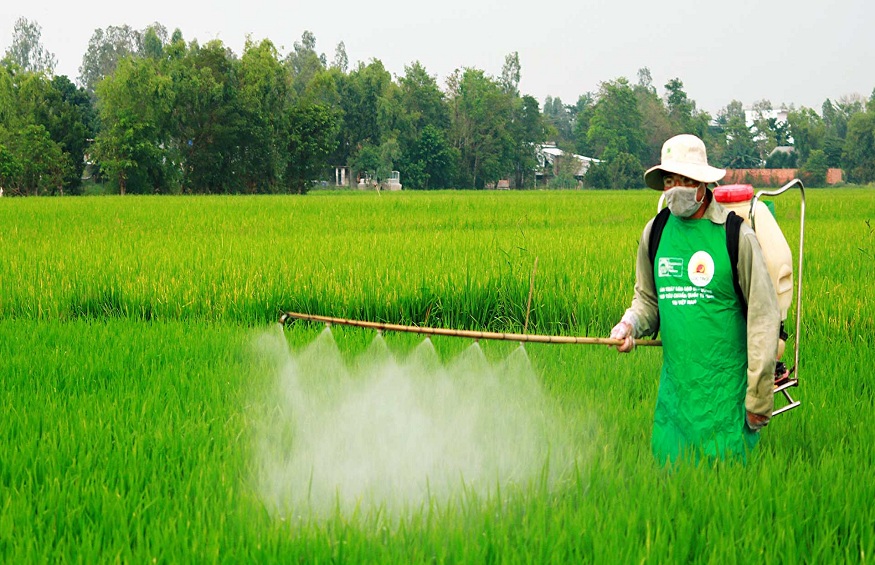An ideal cornfield is a field of sufficient width, depth, and height to be harvested with a tractor or combine. Ideally, the rows are spaced wide enough across the area. Cornfields adopt plough farming methods, which cut straight furrows into the soil. This allows for better drainage, fewer weeds, and higher yields per acre than other methods such as no-till farming. Below are a few things you should consider when choosing your next cornfield.
Size of the Property
It is always important to consider the size of the property you want to purchase. The property size will determine the scale of your farming operation. The size of the field will depend on how much land you need for growing your crops and your plans for it. The larger the ground, the more profits you can earn. Before getting a property big enough for large-scale farming if needed, always look into local laws first. It would help if you also considered restrictions or regulations on land usage within that area.
Location of the Land
Another essential factor to consider is the location of the land you are interested in purchasing. You should determine first if it is near main roads and other means of transportation. It is vital to assess if there are facilities nearby that offer services and products to support your farms. According to cornfield experts like Stefan Soloviev, this includes electric lines, water systems, and markets/warehouses for storage. When looking for land for sale, especially for cornfield farming, it is ideal to look around a rural and more secluded area. A suitable field allows the necessary space for the operation of your farm. At the same time, it should be near residential areas. This will somehow help bring in more customers who will pass by or live near your farm.
Soil Quality
Soil quality is one of the most important factors to consider when planting a cornfield. It would be a waste if you grew over several acres of land without first testing the soil’s quality. It is best to get the information from local farmers or producers who have experience in that area for years for soil samples. Another way to obtain this information is through government offices such as agricultural offices or county extension offices.
Location of Water Source
Having acces to an excellent water supply is one of the most critical factors you should consider when buying a cornfield. A well-drinking cornfield requires a constant supply of water. It should also have well-seasoned water tested and found free from contaminants and other harmful substances. Suppose there are no existing wells within close distance with good quality. In that case, your cornfields can be provided with a reliable source of drinking water. This can be through a purification system or purchasing de watering rights from nearby municipalities.
The importance of selecting a good cornfield cannot be overstated. A poor choice will lead to the loss of crops. However, the right choice could leave you plenty of food for your family and livestock. There are many factors when deciding on a site, including soil quality and weather patterns. Ensure you consider the tips above, among others, to help you get a suitable cornfield.

